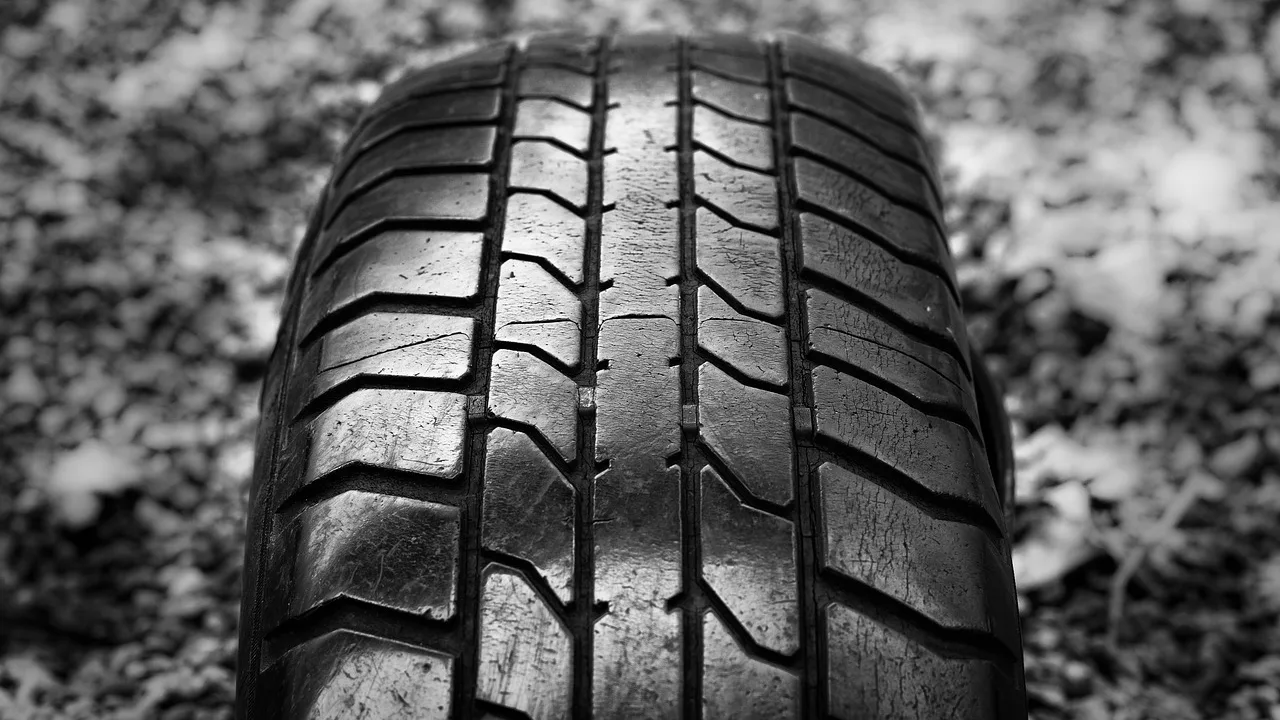Preventing flat bike tires has been a persistent challenge for cyclists, and improvements in equipment aim to address this issue. One notable innovation is the development of tubeless tire technology. Unlike traditional tires that rely on inner tubes, tubeless tires eliminate the need for a separate tube, reducing the risk of punctures and flats.
Tubeless Tire Systems:
Tubeless tire systems represent a significant advancement in puncture prevention for cyclists. These systems eliminate the traditional inner tube, relying on a direct seal between the tire and the rim. This innovation reduces the risk of flats caused by punctures, as there is no longer an inner tube to be punctured.
One of the advantages of tubeless systems is their ability to self-seal small punctures. Sealant inside the tire automatically plugs holes as they occur, maintaining tire pressure and preventing flats. It is particularly beneficial for off-road and mountain biking, where sharp debris is more likely to cause punctures.
Tubeless setups also allow riders to use lower tire pressures without the risk of pinch flats. Lower pressures enhance traction and provide a smoother ride, especially on rough terrain. However, it’s crucial to periodically check and top up the sealant to ensure its effectiveness.
Despite the advantages, converting to a tubeless system may require tubeless-ready rims and tires. The initial setup effort is seen by many cyclists as a worthwhile investment for the reduced risk of flats and improved overall performance.
- Nearly 30% of UK Drivers Believe Car Tax Should Be Based on Mileage — Survey
- Why Planes and Boats Escaped the Luxury Tax But Cars Didn’t
- Australia’s Headlight Confusion: Authorities Warn Drivers After Viral $250 Headlight Rule Goes Wild Online
- 2025 Hyundai Venue Facelift Launched in India – Full Details, Variants, and Price
- Royal Enfield Bullet 650 Unveiled at EICMA 2025: A Classic Legend Returns
Inserts and Tire Liners:
Tire liners and inserts offer an additional layer of defense against punctures, providing cyclists with enhanced protection for their tires.
Tire Liners:
These are thin strips made from materials like polyurethane or high-density plastic. Installed between the tire and the inner tube, they act as a barrier against sharp objects, preventing them from reaching the tube. While effective in reducing punctures, some cyclists find tire liners challenging to install and believe they may affect the ride feel.
Inserts:
Tire inserts, often made of foam or rubber, are placed inside the tire to protect against punctures and other potential damage. Beyond puncture resistance, inserts offer benefits like improved shock absorption and stability. Mountain bikers, in particular, appreciate the added cushioning, especially when tackling challenging terrains with rocks and roots.
Choosing between tire liners and inserts depends on personal preferences and riding styles. Inserts are favored by those seeking a balance between protection and ride comfort, while tire liners might be a practical choice for riders prioritizing straightforward installation and effective puncture prevention.
Self-Sealing Tire Compounds:
Self-sealing tire compounds represent a proactive approach to puncture prevention. These compounds, often in liquid or gel form, are added to the inside of the tire during installation.
How It Works:
When a puncture occurs, the compound reacts to the escaping air and forms a seal, preventing further air loss. This mechanism is effective for small punctures caused by thorns, nails, or similar objects. While they excel at sealing punctures in the tread area, larger punctures or damage to the sidewall may pose challenges.
Advantages and Considerations:
The primary advantage of self-sealing compounds is their ability to provide continuous protection throughout the tire’s lifespan. This proactive solution reduces the inconvenience of sudden flats, making them a popular choice for riders who value convenience and reliability.
Regular maintenance involves checking the sealant levels and replenishing them as needed. While the compounds may add a minimal price of weight to the tire, many cyclists find this to be a reasonable trade-off for added puncture protection.
Puncture-Resistant Tire Construction:
Advancements in tire construction have led to the development of puncture-resistant materials and technologies embedded directly into the tire itself.
Tire Casings:
Some manufacturers incorporate reinforced casings, often with additional layers of material or Kevlar, to strengthen the tire against punctures. These casings provide a durable barrier, reducing the likelihood of sharp objects penetrating the tire.
Tread Compounds:
Innovative tread compounds with puncture-resistant properties can withstand abrasions and cuts. These compounds enhance the tire’s overall durability and resistance to punctures.
Puncture-resistant constructions offer a reliable solution without the additional accessories or compounds. They are in tires designed for commuting, touring, or urban cycling, where reliability is paramount.
Smart Tire Monitoring Systems:
Emerging technologies include clever tire monitoring systems that provide real-time information about tire pressure and potential issues. These systems typically consist of sensors embedded in the tire or attached to the valve stem, communicating data to a cycling computer or smartphone app.
Pressure Monitoring:
Clever tire systems alert cyclists to changes in tire pressure, helping them address issues promptly before a flat occurs. Maintaining optimal tire pressure is crucial for reducing the risk of pinch flats and improving overall ride quality.
Temperature and Wear Sensors:
Some advanced systems go beyond pressure monitoring, incorporating temperature and wear sensors. These sensors can detect abnormal heat buildup, indicating potential issues like excessive friction or compromised tire integrity. Monitoring wear levels helps cyclists proactively replace tires before they become prone to punctures.
Integrating clever tire technology adds a layer of preventive maintenance, allowing cyclists to stay informed about their tire’s condition and take proactive measures to avoid flats.
In conclusion, the latest technologies to prevent flat bike tires encompass a range of innovations, from tubeless systems and tire liners to self-sealing compounds, puncture-resistant constructions, and clever monitoring systems. The choice of technology depends on factors such as riding style, terrain, and personal preferences. Combining multiple technologies can create a comprehensive defense against flats, offering cyclists peace of mind and an uninterrupted riding experience.
